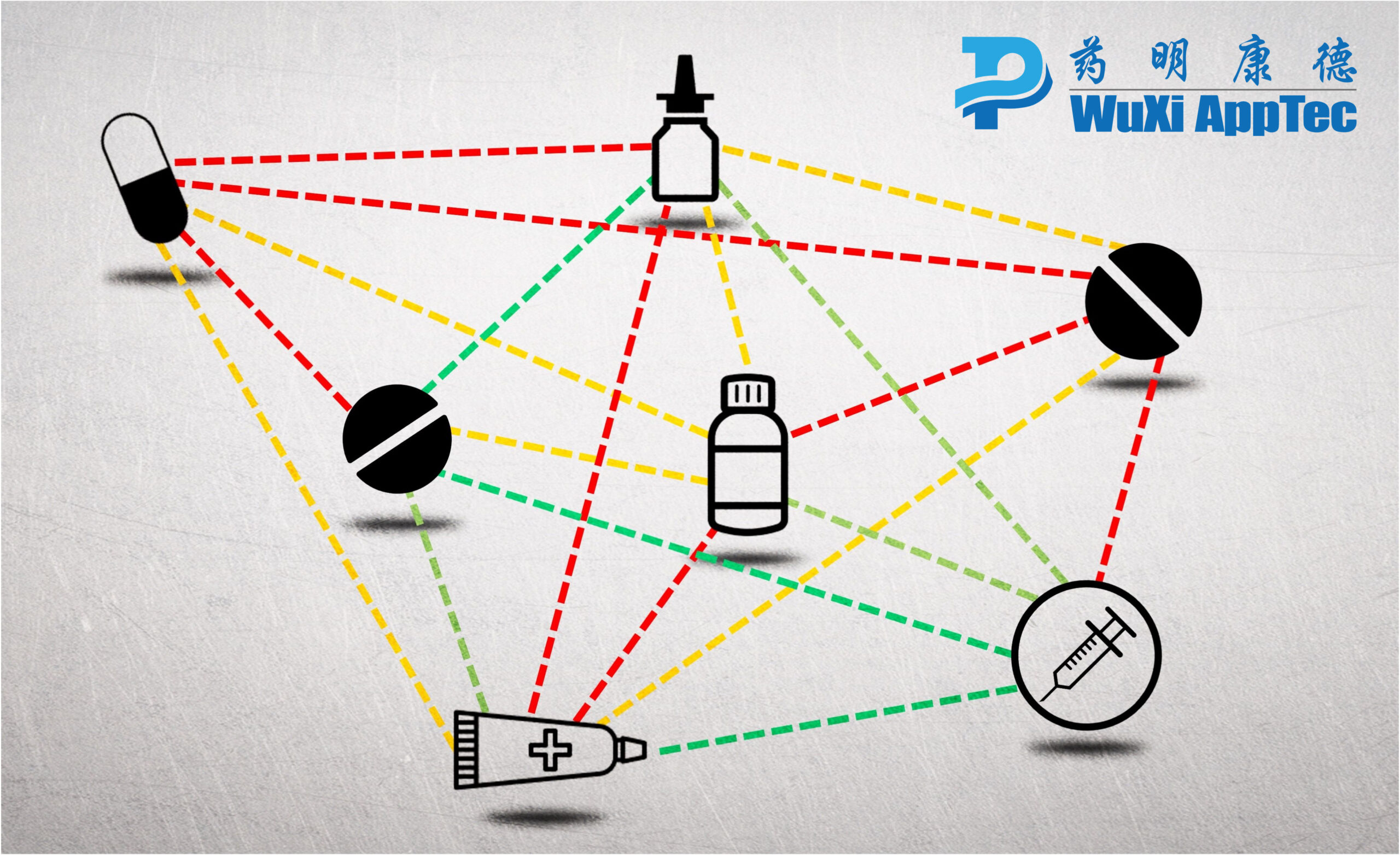Drug-Drug Interactions (DDIs) occur when a drug affects the efficacy of another drug that is being co-administered, which can result in unexpected side effects. Most drugs are metabolized in the body by enzymes, and changes to these enzymes can alter the effects of the drugs involved.
In the study of DDIs, drugs are informally categorized as either “victims” or “perpetrators.” The term “victim” refers to the drug whose efficacy is affected by the change in enzyme activity, while the “perpetrator” refers to the drug that causes the change in enzyme activity. The dosages of both the victim and perpetrator drugs must also be taken into account. If the victim drug’s dosage is not sufficient, it may not have a therapeutic effect, and if the perpetrator drug’s dosage is too high, it may reach toxic levels, potentially requiring additional toxicology testing.
Pharmacokinetic Functions of Substrates
The metabolism of drugs or other substances (xenobiotics) is crucial for their inactivation (or activation in the case of pro-drugs) before they can be cleared from the body. These drugs are called substrates of specific metabolizing enzymes, which bind to the active site of the specific enzymes and are transformed into metabolites. Understanding how substrates interact with one another and are metabolized and cleared from the body is an important aspect of DDI studies supported by validated bioanalytical methods.
The strength of the attraction between substrates and enzymes, known as “binding affinity,” can be classified as weak, medium, or strong. This interaction can change the elimination profile of both the drug and the co-drug. The fewer enzymes involved in a drug’s clearance, the greater the likelihood of DDIs. If a metabolizing enzyme contributes 25% or more to a drug’s elimination, it is considered a significant factor in the drug’s metabolic profile. This determination is made based on in vitro phenotyping and/or human pharmacokinetic data, and in such cases, the sponsor should conduct clinical DDI studies using strong inhibitors or inducers of the enzyme, according to guidance from the US FDA issued in 2020.
It is also important to consider what happens to the substrate after the enzyme metabolizes it. For example, is the substrate entirely cleared from the patient’s body, and if not, does it present a toxicological risk to the patient?
In Vitro Testing of Phase I and Phase II Enzymes
Phase I and Phase II enzymes play crucial roles in drug metabolism studies. Phase I enzymes, also known as biotransformation enzymes, introduce functional groups such as hydroxylation, oxidation, or reduction into a drug molecule to form a more polar and less lipophilic metabolite. Phase II enzymes, also known as conjugation enzymes, then conjugate the phase I metabolite with a small molecule to form a more water-soluble conjugate, which is easier to excrete from the body.
Testing of Phase I and Phase II enzymes is important due to the interrelated nature of their metabolism and clearance. In vitro phenotyping experiments are used to determine which enzymes metabolize investigational drugs. The primary CYP enzymes involved in Phase I metabolism are CYP1A2, CYP2B6, CYP2C8, CYP2C19, CYP2D6, and CYP3A.
If the drug is not found to be significantly in vivo metabolized by these CYP enzymes, additional enzymes contributing to the drug’s metabolism must be determined, such as CYP2A6, CYP2J2, CYP4F2, CYP2E1, and other Phase I enzymes like aldehyde oxidase (AO), carboxylesterase (CES), monoamine oxidase (MAO), flavin monooxygenase (FMO), xanthine oxidase (XO), and alcohol/aldehyde dehydrogenase (ADH/ALDH). Phase II enzymes, like UDP glucuronosyl transferases (UGTs) and sulfotransferases (SULTs), are involved in conjugation reactions necessary for drug metabolism or further metabolism of Phase I enzymes.
Relevant Assays for Substrates
Substrate assays, also known as enzyme activity or stability assays, measure the quantity of substrate consumed or the amount of metabolite formed during the reaction over time. Microsomes and liver cells or fractions, with or without specific enzyme co-factors, are commonly used as a source of enzymes in these assays, and recombinant enzymes can also be used for phenotyping studies.
A significant drug metabolite with plasma exposure of pharmacological effects may also need to be evaluated for its DDI potential as a substrate. These metabolites can significantly impact the drug’s safety and efficacy. This is the case if a pharmacologically active metabolite contributes to more than 50% of the overall enzyme activity.
A Final Word
It is critical to understand the role drug plays as a substrate to the specific metabolizing enzymes in DDI and overall drug safety. Substrate assays are important to this evaluation and require significant expertise. If drug developers lack this capability in-house, they should enlist a laboratory testing partner to guide the process.
Contact one of our experts for help designing a robust DDI study that clearly elucidates risk and prepares your drug for IND submission.


